Rattlesnakes don’t knock before they strike— and in some states, they might be hiding just a few steps from your front door. From dry deserts to sunbaked hiking trails, these venomous reptiles are experts at staying hidden until it’s almost too late. But not every state is a rattlesnake hotspot. Some are teeming with them, while others barely see a slither all year. Whether you’re planning a camping trip, moving cross-country, or just want to know if your backyard is safe for barefoot wandering, this list separates the danger zones from the chill zones. So grab your boots—or maybe just stay indoors— we’re about to reveal the states where rattlesnakes rule… and the ones where you’re free to stroll without glancing at every rock.
Arizona

Arizona, with its arid deserts and rocky terrains, is a rattlesnake haven. Here, the landscape is vast and varied, providing the perfect backdrop for these elusive creatures. Rattlesnakes can be found basking in the sun or seeking shelter under rocks.
The Grand Canyon State is home to diverse species, each adapting to the harsh desert climate. Encountering one might be a surprise, but it adds to the thrill of exploring Arizona’s wilderness.
Travelers should remain vigilant, especially during warmer months, when rattlesnakes are more active.
Texas
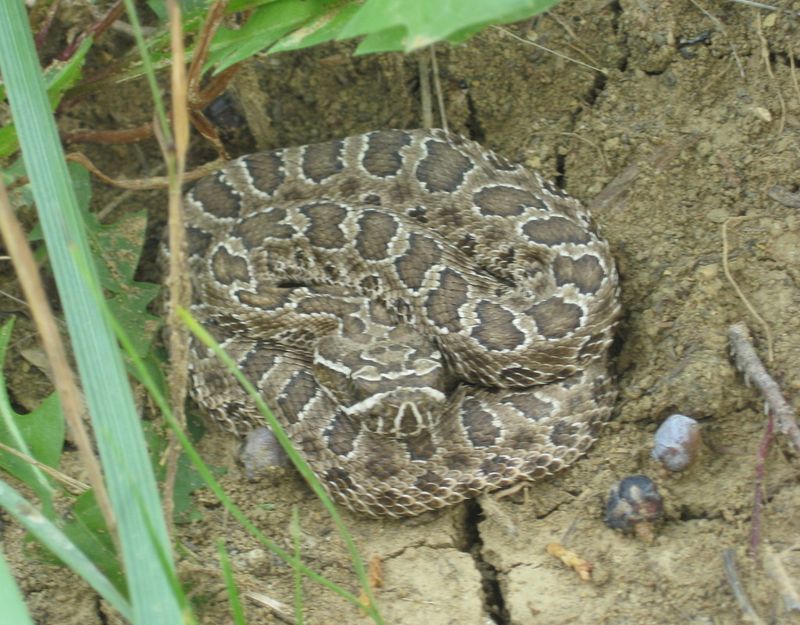
Texas, renowned for its wide-open spaces, is another state where rattlesnakes roam freely. The Lone Star State’s expansive ranches and prairies host multiple rattlesnake species.
In Texas, these snakes are part of the state’s rugged charm, often seen slithering across roads or hiding in tall grass. Their presence is a reminder of the untamed beauty of Texan landscapes.
Visitors should watch their step when hiking or exploring rural areas, as these snakes are experts at camouflage.
California

California’s varied ecosystems provide a rich habitat for rattlesnakes. From coastal areas to inland valleys, these snakes thrive in the Golden State’s mild climate.
Vineyards, hiking trails, and suburban areas might host these snakes, blending seamlessly with their surroundings. The California rattlesnake is as much a part of the natural tapestry as the state’s famous redwoods.
For those enjoying the outdoors, caution is advised, especially in regions where snakes are commonly sighted during hikes and outdoor activities.
New Mexico
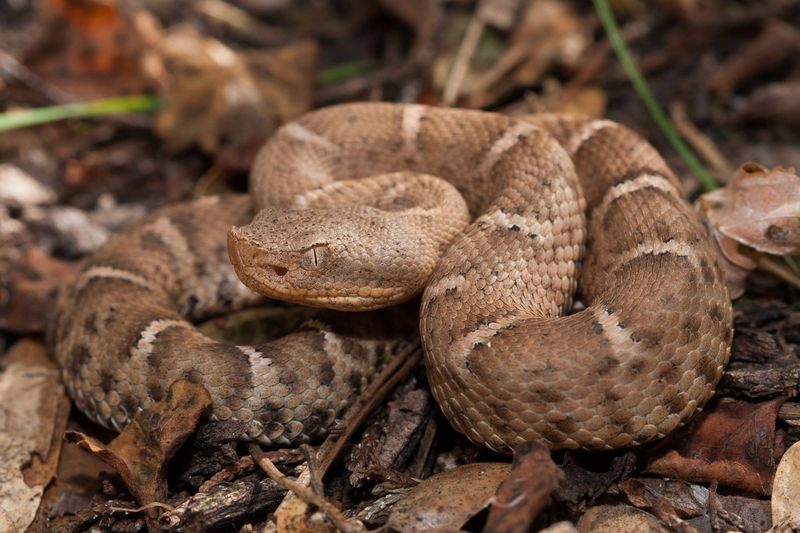
New Mexico’s rugged wilderness is a perfect backdrop for rattlesnakes. The state’s deserts and plateaus are homes to these serpents, who thrive in its dry climate.
In New Mexico, rattlesnakes are a symbol of the wild frontier, often encountered in remote areas. Their presence is a testament to the state’s unspoiled natural beauty.
Hikers and outdoor enthusiasts should remain alert, particularly in isolated areas where rattlesnakes are frequently found basking or hunting.
Oklahoma
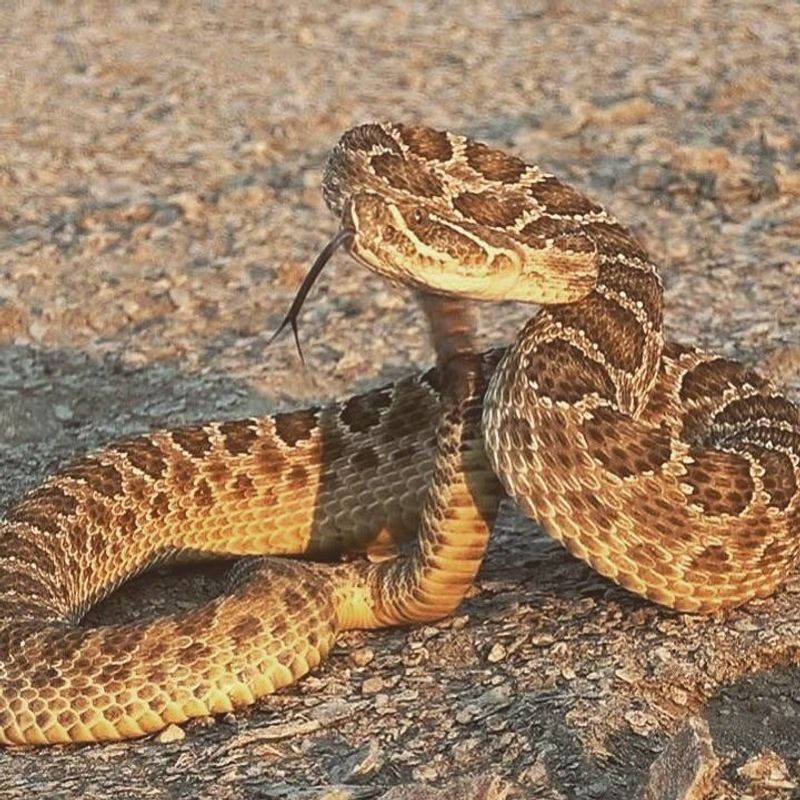
Oklahoma offers a unique mix of landscapes, from forests to prairies, where rattlesnakes can be spotted. These snakes are a common sight in the state’s open spaces, blending with the scenery.
Rattlesnakes here are adaptable, finding homes in both rural and suburban settings. Their stealth and camouflage make them fascinating yet formidable.
Outdoor explorers should tread carefully, as rattlesnakes might be hidden in plain view, soaking up the warmth of the sun.
Arkansas

Arkansas, known for its scenic beauty, provides a habitat for rattlesnakes in its diverse environments. The Ozarks and river valleys offer shelter and hunting grounds.
Rattlesnakes in Arkansas are part of the state’s rich biodiversity, often encountered by hikers and nature lovers. Their presence adds an element of excitement to adventurous explorations.
When traversing trails and wooded areas, awareness is key to avoiding unexpected encounters with these snakes.
Nevada
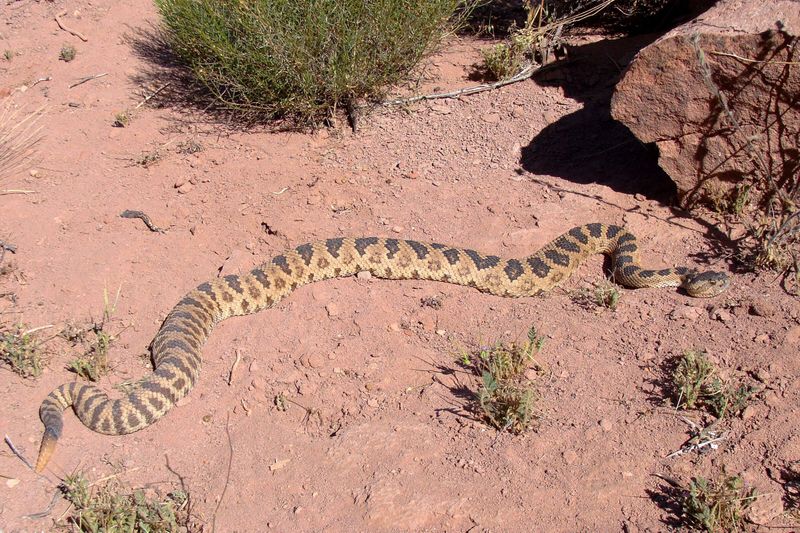
Nevada’s harsh desert climate is ideal for rattlesnakes. These resilient reptiles navigate the rocky terrains and sparse vegetation with ease.
Known for its rugged beauty, Nevada is a place where rattlesnakes are often seen, especially in remote desert areas. Their ability to thrive in such conditions speaks to their adaptability.
Visitors should remain cautious, especially when exploring off the beaten path, as rattlesnakes are experts at blending into their surroundings.
Idaho
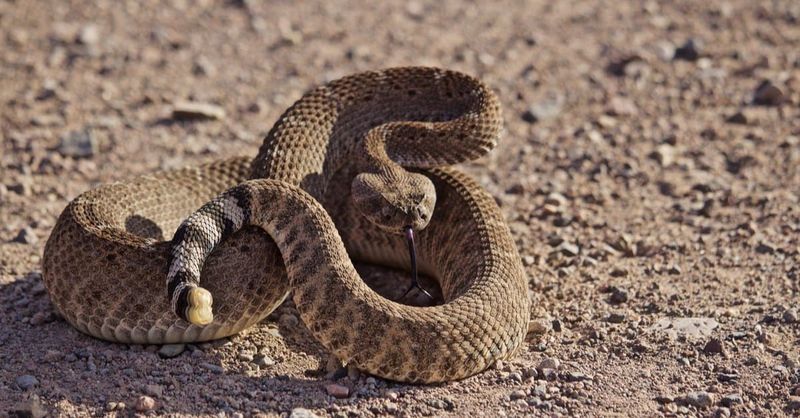
Idaho, with its scenic mountains and rivers, is a place where rattlesnakes can be encountered. These snakes are often found in rocky areas and along riverbanks.
The Gem State’s natural beauty is complemented by its diverse wildlife, including rattlesnakes, which are part of the ecosystem.
Hikers and campers should be cautious, especially in remote mountainous regions where these snakes are more prevalent, adding a touch of adventure to outdoor activities.
Alaska
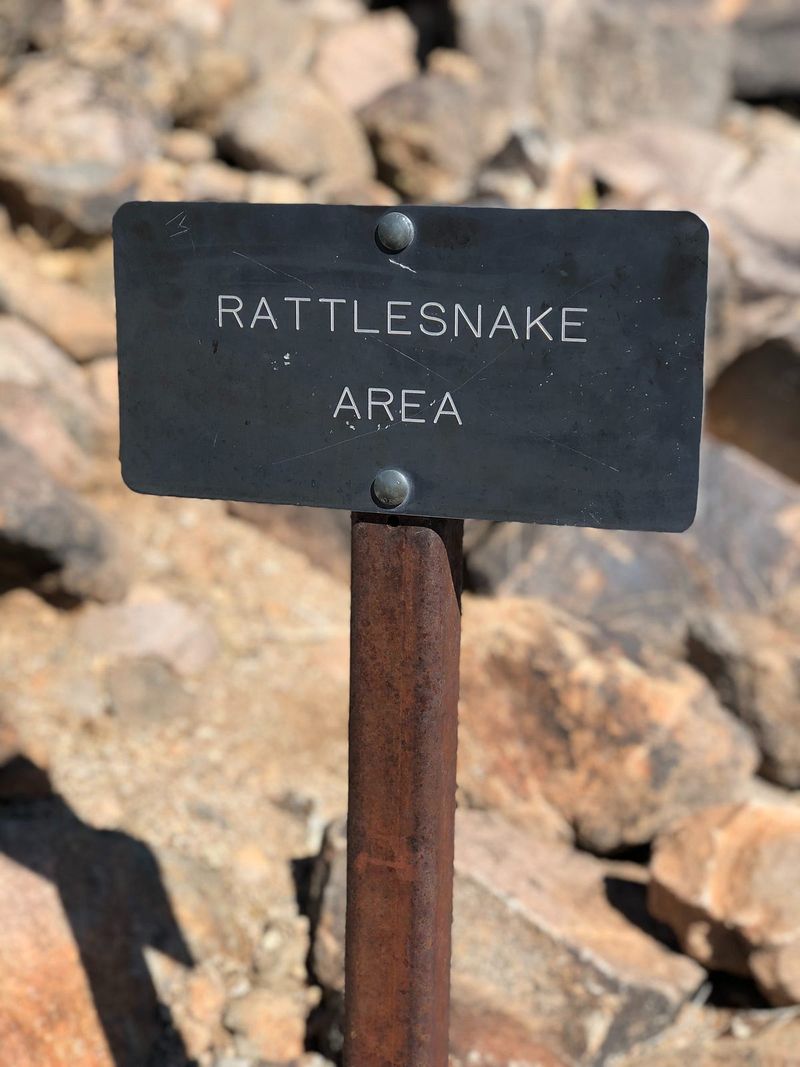
Alaska, with its frigid climate, is a safe haven from rattlesnakes. The extreme cold prevents these reptiles from thriving.
This state offers peace of mind for those wary of snakes, as its environment is inhospitable to them.
Visitors can enjoy hiking and exploring without concern for rattlesnake encounters, focusing instead on the breathtaking beauty of the Alaskan wilderness.
Hawaii

Hawaii’s tropical islands are free from rattlesnakes, making it a paradise for snake-sensitive individuals. The oceanic isolation keeps these reptiles away.
Tourists can bask in the sun and explore the islands without fear of encountering rattlesnakes. Hawaii’s natural charm remains undisturbed by these serpents.
This snake-free environment adds to Hawaii’s appeal as a safe and serene destination for outdoor adventures.
Maine
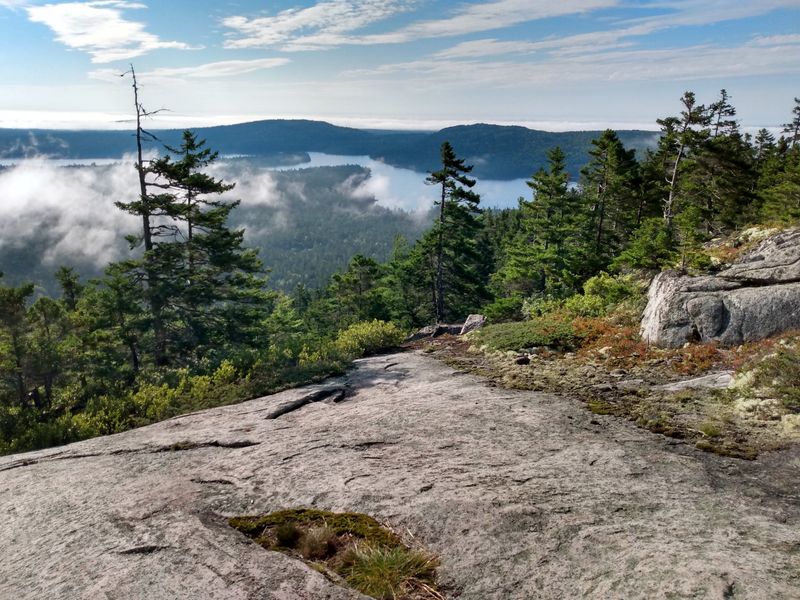
Maine, with its cool climate and dense forests, offers a rattlesnake-free environment. The chilly weather and terrain are unsuitable for these reptiles.
Outdoor enthusiasts can take comfort in knowing they won’t encounter rattlesnakes while exploring Maine’s scenic landscapes.
The state’s natural beauty can be enjoyed fully, with worries of snake encounters left behind.
Vermont

Vermont’s picturesque landscapes are rattlesnake-free, thanks to its cooler climate. The state’s lush greenery and rolling hills provide a safe haven from these creatures.
Visitors can explore Vermont’s charming outdoors without snake-related concerns. The tranquility of the region is undisturbed by the presence of rattlesnakes.
This makes Vermont an ideal destination for those seeking a peaceful, snake-free environment amidst nature’s splendor.
Rhode Island
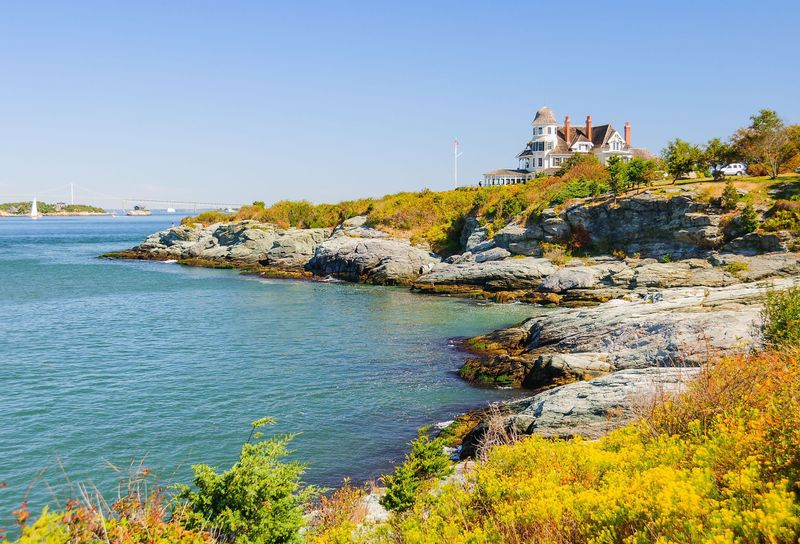
Rhode Island’s coastal charm is complemented by its absence of rattlesnakes. The state’s cooler climate and geography make it inhospitable to these reptiles.
Beachgoers and nature lovers can enjoy the state’s natural beauty without the worry of rattlesnake encounters. The serene coastline offers a safe retreat.
Rhode Island’s snake-free environment enhances its appeal as a peaceful getaway.
New Hampshire
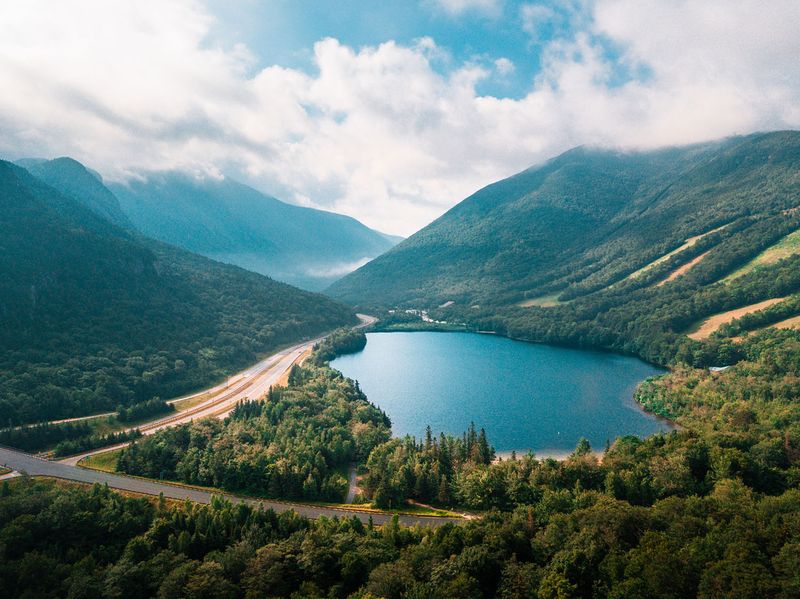
New Hampshire’s mountainous terrain and dense forests provide a rattlesnake-free zone. The state’s climate is too cold for these reptiles to survive.
For those who enjoy hiking and exploring, New Hampshire offers a safe environment without the threat of rattlesnake encounters.
The state’s natural landscapes can be appreciated in full, with peace of mind knowing that rattlesnakes are not part of the scenery.

